Choosing cornices: how not to get lost in all the variety
Function or decoration?
All cornices can be divided into two large groups: profile (functional) and decorative . The first ones are made of aluminum profile (hence the name). Profile cornices can be bent in any way you like, giving them any configuration. Therefore, they come to the rescue in unusual situations. For example, if you need to design an arched window. Or the window frame is located close to the ceiling (less than 5 cm) and there is not enough space for a decorative cornice. Another emergency situation: very high windows. They are difficult to handle and opening and closing curtains is inconvenient. In this case, it is better to choose a profile cornice with a sliding mechanism.
There are special types of curtains that do not move apart, but rise: Roman, French, Austrian. These curtains are hung on a profile cornice with a lifting mechanism; decorative curtain rods only provide sliding.
The profile cornice is usually installed on the ceiling, but it can also be installed on the wall using wall brackets. If the curtains are closed, it is almost invisible. Of course, when you open the curtains, a thin strip of curtain rod is visible: silver, bronze, brown; but more often it is made white, to match the color of the ceiling. Profile cornices can be equipped with various mechanisms, have a motor (operated either from a button in the wall or from a control panel) or rope control. Curtains are attached with Velcro or hung on rings. In profile cornices, precise operation of the mechanism and reliability are very important. There are Mercedes here. In models of top brands, all plastic elements (rings) are coated with Teflon, so they move well, do not touch each other, and the ropes do not jam.
How to choose?
If profile cornices try to be invisible, then decorative ones take on a lot in the interior.
The first question we ask a client choosing a decorative cornice is: what style is your home? Modern or classic? Brushed metal defines a modern direction. Classic - yellow metal (brass or bronze), possibly wood. There are also neutral models that fit into any interior style. First of all, these are forged, as well as cornices with glass tips.
By the way, if earlier the share of modern design accounted for 80 percent of sales, now its ratio with classics is 50 to 50. Since the cornice is most often made of metal, they try to select it primarily for a chandelier, door handles and other metal elements in the room.
Special signs
An important point: the cornice bracket must be longer than the window sill extension. In standard models that are available in retail sales, it is possible to lengthen it to 15-16 cm. But the window sill protrusion can be 25 cm, and then a “hump” will form on your curtain. If the cornice is made to order, the bracket is even extended to 40 cm. At your request, the cornice will be made double or triple. Decorative cornices can be bent like profile ones: this is sometimes necessary when decorating a bay window. The bay window problem can be solved in another way: with the help of special hinge adapters that connect two rods at any angle.
Wood or metal?
Wood is a less popular material for cornices than metal. Firstly, they are usually only single-row: wood is “weaker” than metal, and if you hang a heavier curtain, the cornice with a wooden bracket will not support two strips. Secondly, it is impossible to change the bracket offset. In addition, wooden cornices are already pretty boring; they can be bought at any store. True, the wood is colored, decaled (that is, aged, tinted, with grooves) - it looks very unusual. And yet metal is bought more often - painted brass, any color, imitation platinum and gold-plated cornices (24 carats). Modern curtain rods made of brushed steel sell well.
How to tame a string
At one time, “string” type cornices were very popular. Their main drawback: they sag over time. They have to be tightened - there is a special key for this. In addition, strings cannot be hung on every ceiling. On plasterboard, for example, you can’t, the brackets will “converge” and stretch towards each other. It is better to install the string in a spacer, from wall to wall. Another drawback: not all strings have adapters. If the length of the string cornice is, for example, 2 m, then it is impossible to extend it without an adapter.
Not small things at all
About the tips:
They are made from a variety of materials, including Murano glass, Swarovski crystal, ceramic, metal and more.
If you are making repairs, you do not always need to change the cornice; perhaps it is enough to buy a new tip, matching it to the diameter of the rod.
The main part of the cost of the cornice falls on the ends, then on the brackets and rings. The barbell is relatively inexpensive.
About the rings:
Rings can be round (for a smooth cornice), corrugated (for a corrugated one), square (for an avant-garde-style cornice), or elegant forged.
Branded rings always have a plastic gasket inside that protects the bar from scratches.
Recently, very convenient rings and brackets have appeared; they allow the curtain to “walk” along the entire cornice, no matter how long it is. After all, any decorative cornice needs a bracket every 2 m. If the length of the cornice is 2.20 m, then an additional support is already placed in the middle. Not everyone likes this: when a wide window is covered by several panels, the possibility of their movement is limited. The new rings do not completely cover the bar, but hang like hooks and freely “pass” the bracket.

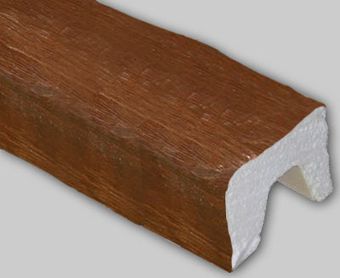 Decorative beams
Decorative beams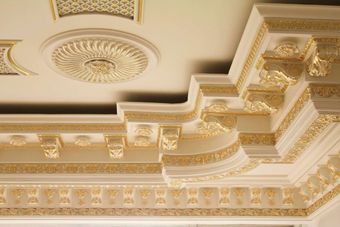 Smooth cornices
Smooth cornices Cornices with ornaments
Cornices with ornaments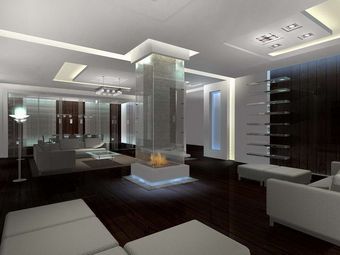 Concealed lighting cornices
Concealed lighting cornices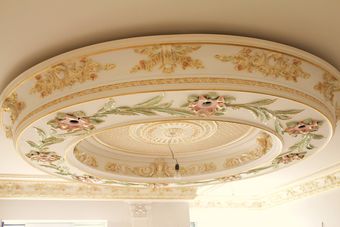 Polyurethane domes
Polyurethane domes Ceiling tiles
Ceiling tiles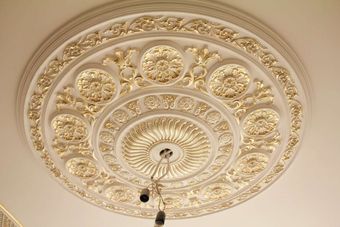 Decorative rosettes
Decorative rosettes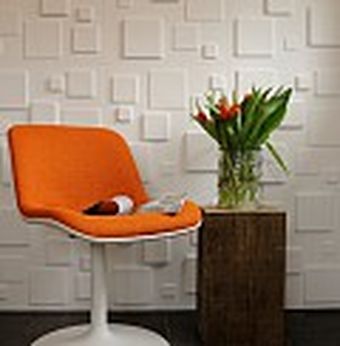 3D panels
3D panels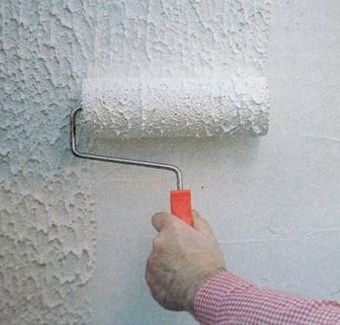 Liquid wallpaper
Liquid wallpaper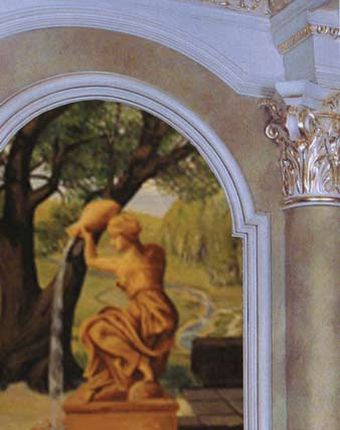 Door frame
Door frame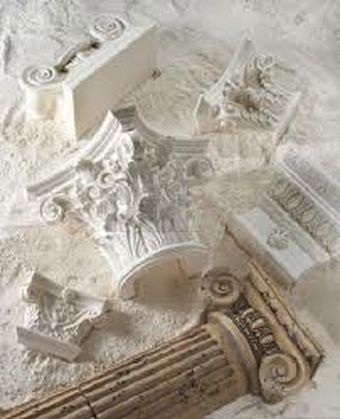 Columns and semi-columns
Columns and semi-columns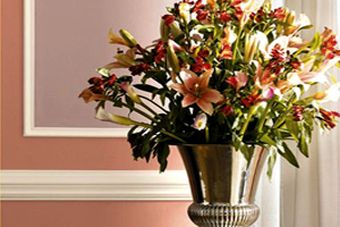 Moldings
Moldings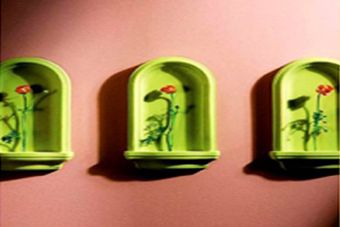 Wall niches
Wall niches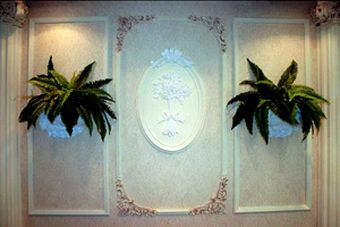 Ornaments, panels
Ornaments, panels Fireplace panels
Fireplace panels Pilasters
Pilasters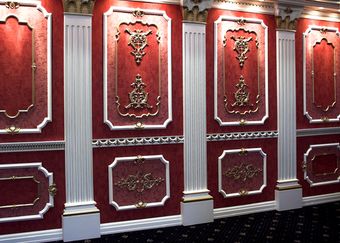 Corner elements
Corner elements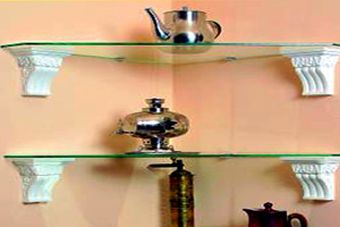 Brackets, consoles
Brackets, consoles Photo paintings
Photo paintings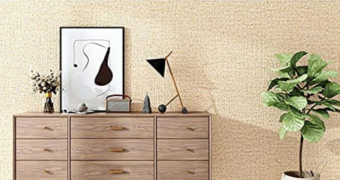 Texture wallpaper
Texture wallpaper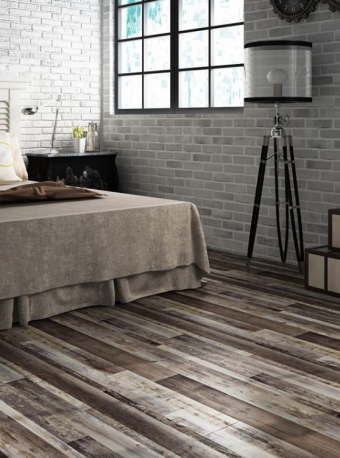 Self-adhesive tiles
Self-adhesive tiles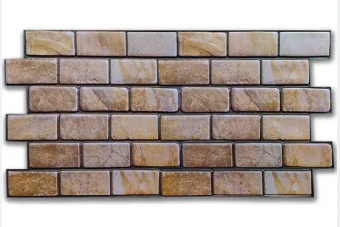 Decorative PVC sheet panels
Decorative PVC sheet panels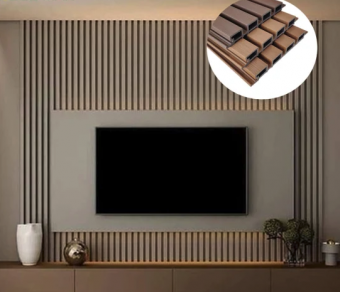 WPC Decorative Wall Slats
WPC Decorative Wall Slats Carpets
Carpets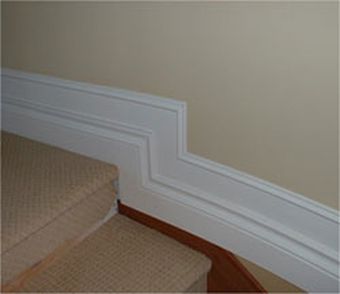 Floor skirting boards
Floor skirting boards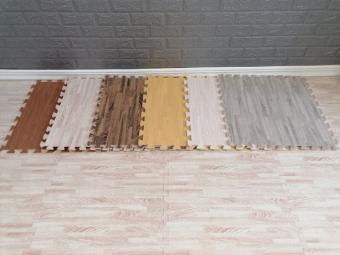 Soft floor puzzle
Soft floor puzzle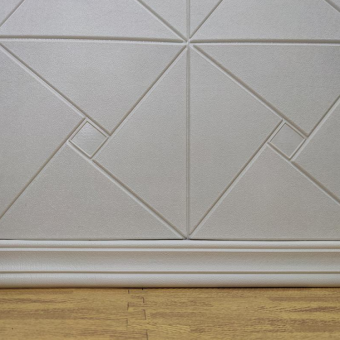 Self-adhesive skirting board
Self-adhesive skirting board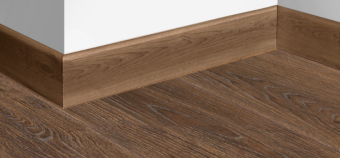 MDF plinth
MDF plinth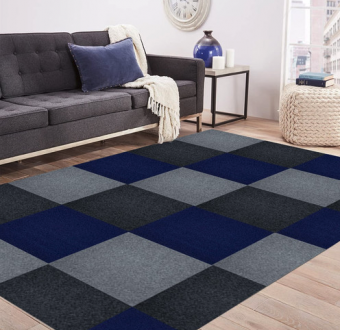 Self-adhesive carpet
Self-adhesive carpet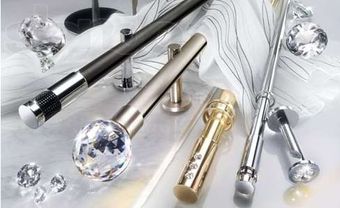 Curtain rods
Curtain rods Window sills
Window sills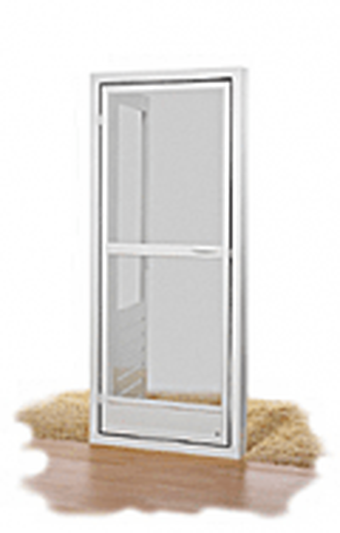 Mosquito net
Mosquito net Photoblinds
Photoblinds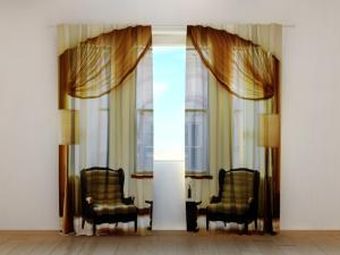 Photo curtains
Photo curtains Roller blinds (roller blinds)
Roller blinds (roller blinds)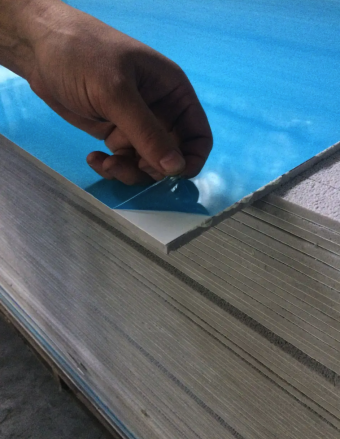 Sandwich panels
Sandwich panels Window sills
Window sills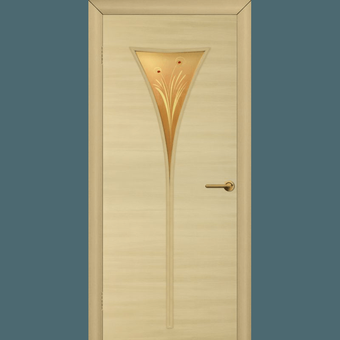 Doors Omis
Doors Omis Liquid nails and glue
Liquid nails and glue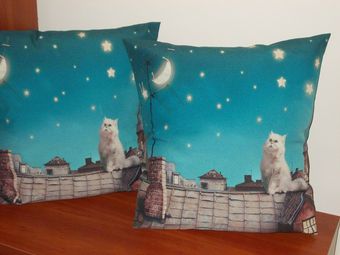 Photobed
Photobed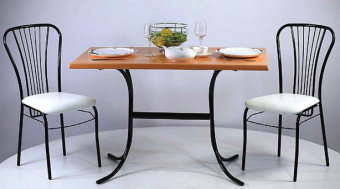 Table tops
Table tops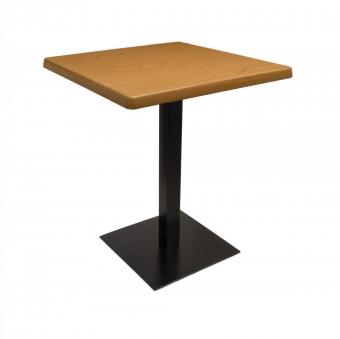 Table supports
Table supports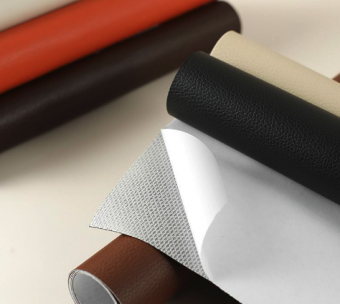 Self-adhesive eco-leather
Self-adhesive eco-leather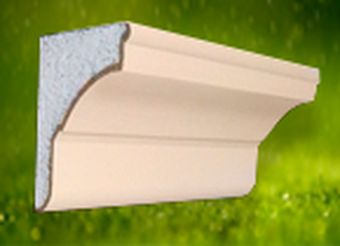 Cornices for facade
Cornices for facade Moldings for facade
Moldings for facade Columns, pilasters
Columns, pilasters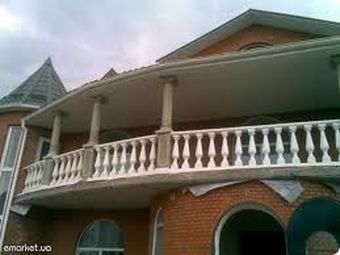 Balustrades, balusters
Balustrades, balusters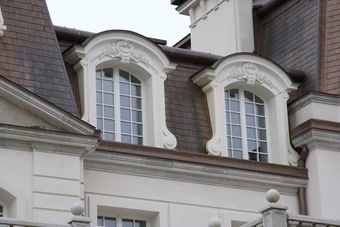 Window framing
Window framing Bassages, rustics, castles
Bassages, rustics, castles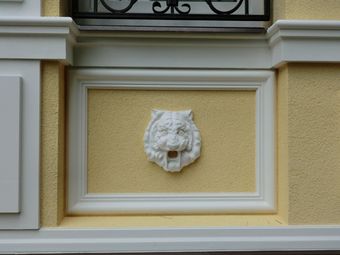 Sandriks, decor, bas-relief
Sandriks, decor, bas-relief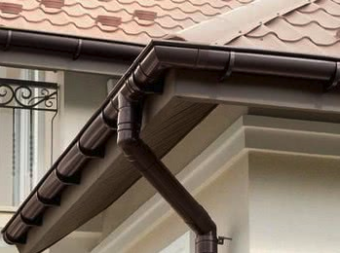 Drainage systems
Drainage systems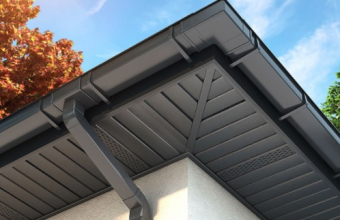 Soffits
Soffits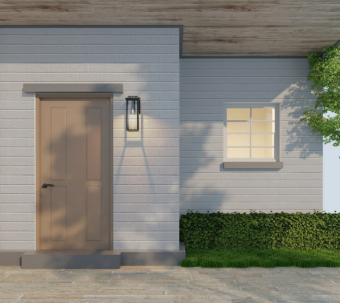 Facade panels
Facade panels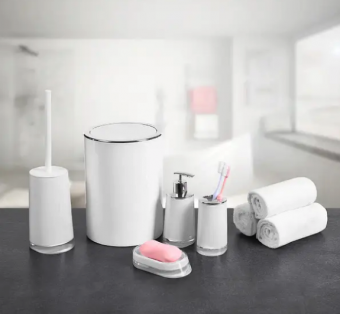 Bathroom accessories
Bathroom accessories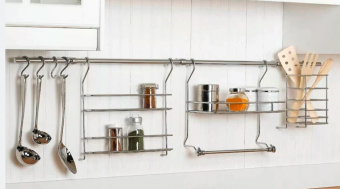 Kitchen accessories
Kitchen accessories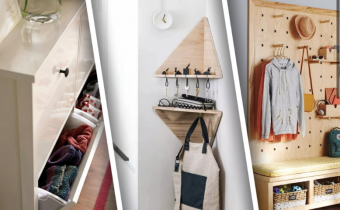 Accessories for the hallway
Accessories for the hallway Accessories for cosmetics
Accessories for cosmetics Household chemicals
Household chemicals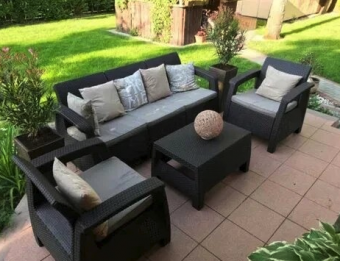 Materials for street decoration
Materials for street decoration